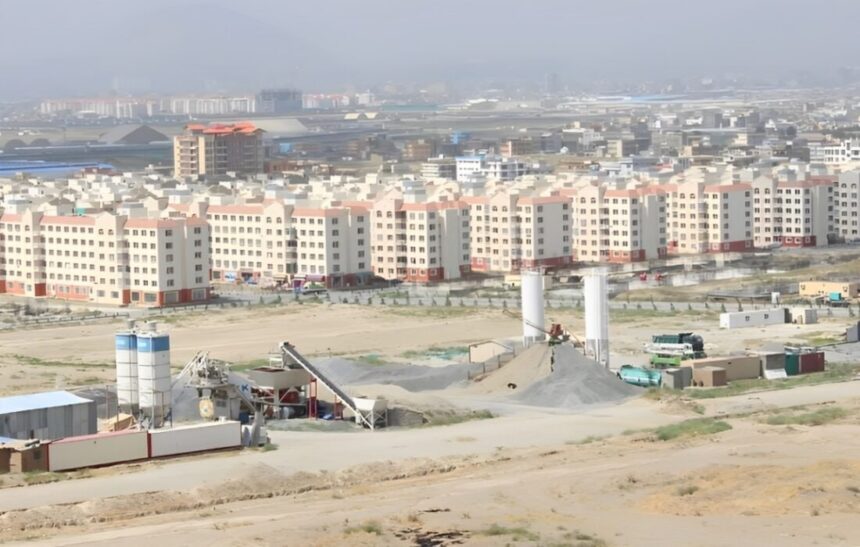RASC News Agency: Amid deepening political stagnation, economic collapse, and worsening environmental degradation, Afghanistan faces yet another tectonic shift: the rapid growth of its urban population. What should be a catalyst for modernization risks spiraling into a profound crisis one driven not by demography alone, but by the Taliban’s chronic failure to govern. According to the United Nations Human Settlements Programme (UN-Habitat), if current trends persist, half of Afghanistan’s population will be living in cities by 2060. This marks a staggering transformation from 1950, when just 1 in 20 Afghanistanis resided in urban areas. By 2022, that number had already reached 1 in 4. Within the next four decades, it is expected to reach 1 in 2.
But while the population surges, the infrastructure needed to support it is collapsing or, in many cases, never existed to begin with. UN-Habitat has warned that Afghanistan’s urban planning is virtually nonexistent. Basic public services clean water, electricity, sewage systems, transportation, healthcare remain critically underdeveloped. In major cities such as Kabul, Herat, and Mazar-e-Sharif, the uncontrolled sprawl of informal settlements has become the dominant mode of urban expansion. These settlements are often built on unsafe land, devoid of legal tenure, and disconnected from any public utility network.
Instead of responding to this looming demographic challenge with governance and foresight, the Taliban has remained fixated on enforcing extremist ideology. Since reclaiming power in August 2021, the group has diverted national attention and international aid away from vital infrastructure and services, focusing instead on curtailing civil liberties, policing gender norms, and imposing its medieval interpretation of Islamic law. The result has been catastrophic for Afghanistan’s cities. Urbanization when properly managed can be a powerful engine of development. Cities can drive innovation, concentrate economic activity, create employment, and foster cultural exchange. But in the hands of a regime unfit to govern, urban growth becomes a trigger for social instability, inequality, and environmental collapse.
UN-Habitat’s analysis makes it clear: Afghanistan’s cities are dangerously unprepared. The current rate of urban expansion is already outpacing available housing, jobs, and services. Without immediate intervention, overcrowding, poverty, and resource scarcity will continue to deepen fuelling public discontent and potentially sparking waves of migration or urban unrest. The organization has also highlighted the environmental cost of unregulated urbanization. Groundwater levels are plummeting, waste management is virtually nonexistent, and rising temperatures due to climate change have made heat waves and drought more common. In a country where over 80% of the population depends on agriculture, the collapse of rural livelihoods has already pushed thousands into fragile cities creating a chain reaction of vulnerability that the Taliban regime has neither acknowledged nor addressed.
Worse still, the regime’s refusal to allow women and girls to participate in public life including education and employment further undermines Afghanistan’s urban future. No city can thrive if half its population is denied the right to contribute. The Taliban’s policies, by excluding women from the economic, educational, and civic spheres, ensure that urban growth will be accompanied by inequality and wasted human potential. “Now is the time to act,” UN-Habitat warned. But action remains elusive under a government that lacks transparency, professional expertise, or strategic vision. The Taliban’s authoritarian rule has left Afghanistan’s urban centers leaderless, rudderless, and rapidly heading toward collapse.
Unless a fundamental shift occurs both in national governance and in international engagement Afghanistan’s demographic future may become its greatest liability. The urban opportunity is real. But under Taliban misrule, it is an opportunity being strangled at birth.






